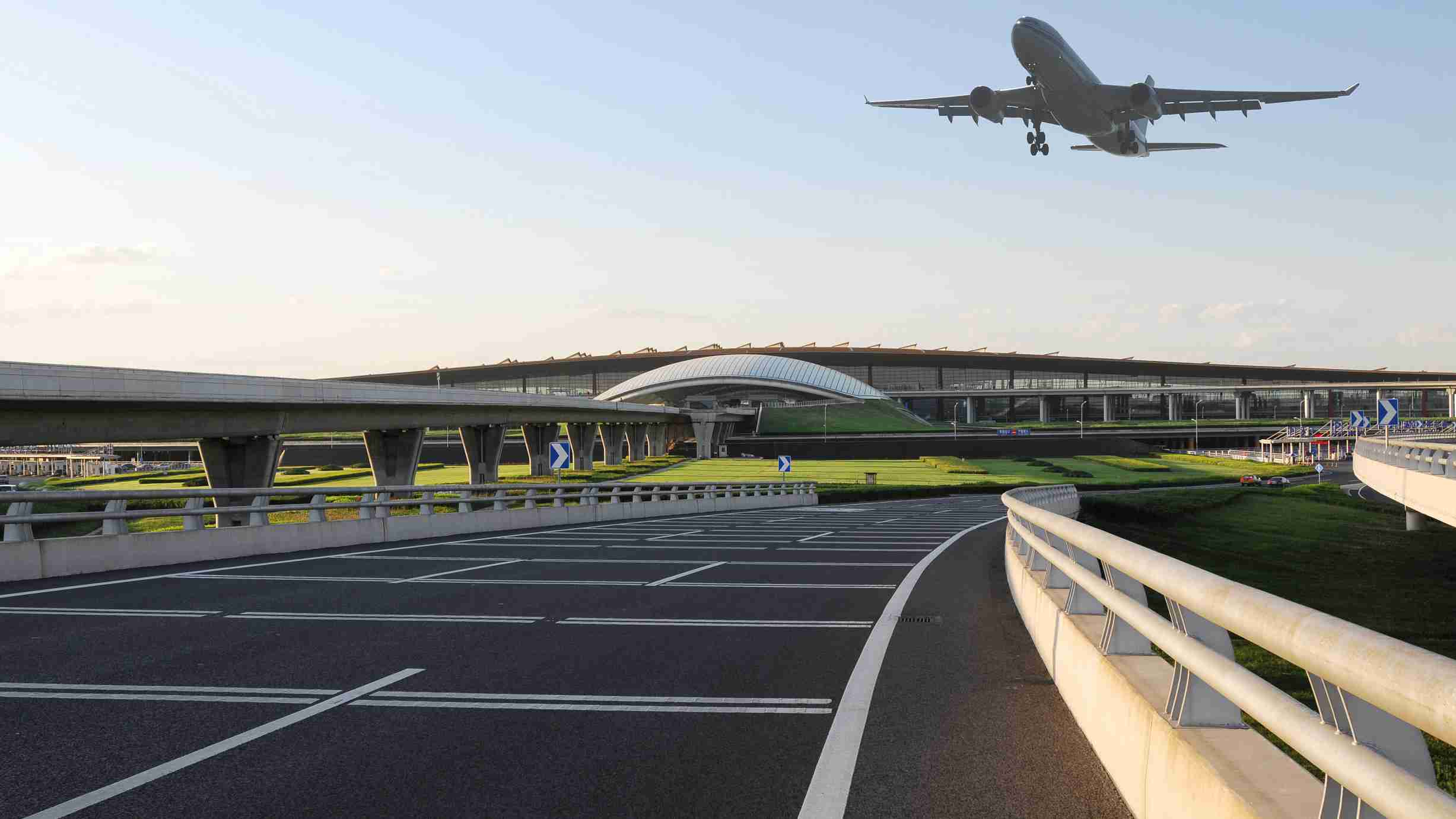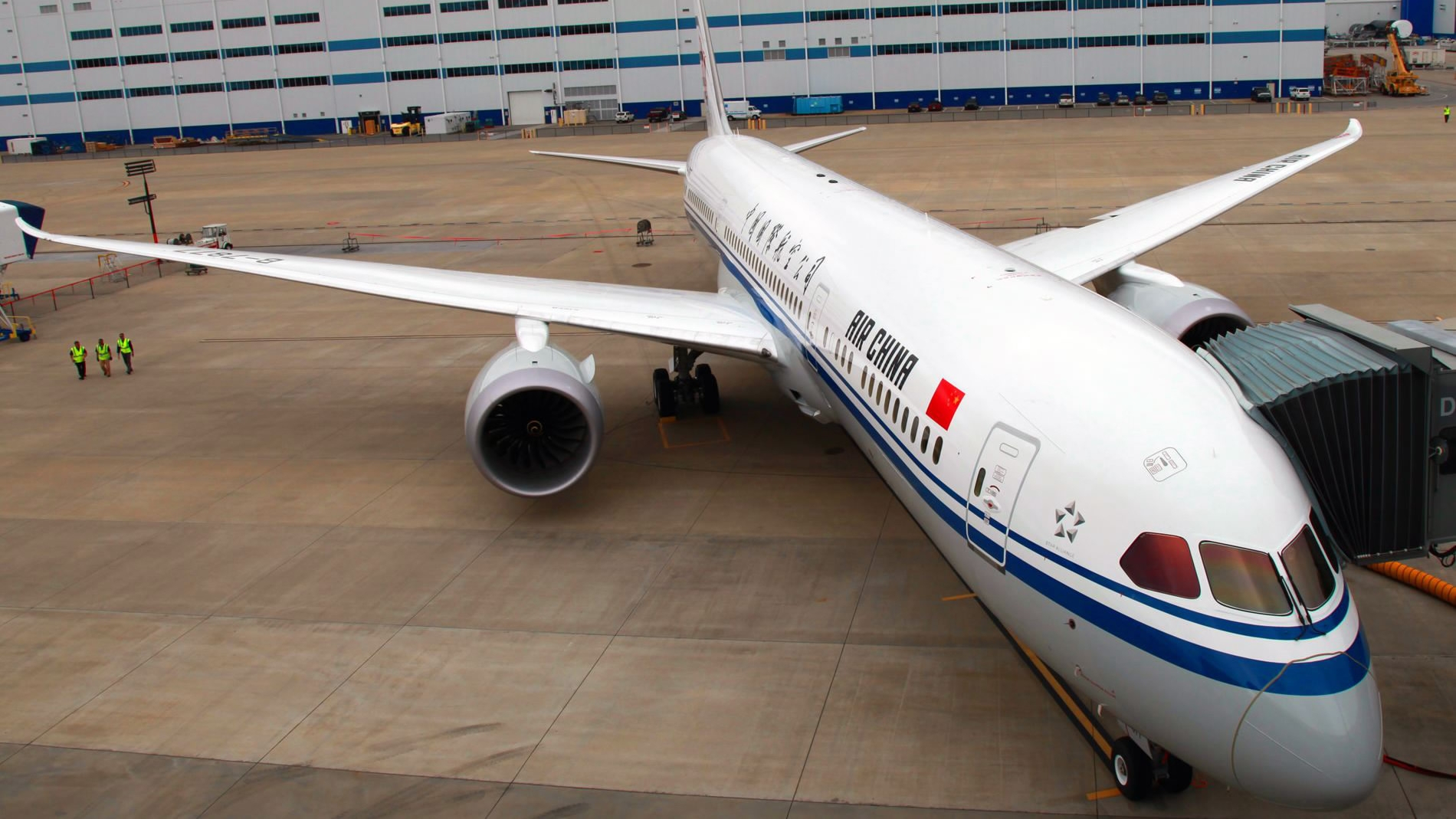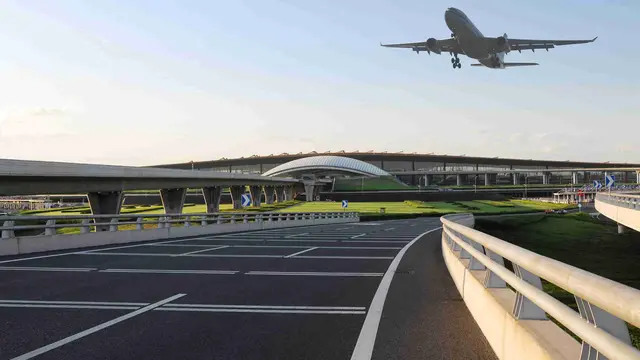
This is an unexpected winter for China's aviation market. February 4, the fifthday in the extended Spring Festival Holiday in China, is supposed to be one of the busiest days for air transport of the year, however the number of planned daily flights has hita record low with only 6,992.
Since the World Health Organization (WHO) listed the outbreak of the novel coronavirus as a Public Health Emergency of International Concern (PHEIC), more and more countries began to enforce stricter immigration restrictions, resulting in a narrowing of China's air transport industry offshore access. China's air traffic looks like scattered islands outside the global aviation map.
Chinese airlines planned to carry out 17,098 flights and canceled 9,461 flights on Saturday, while 122 international airlines planned to carry out 1,757 flights to and from China, of which 66 airlines cancelled 290 flights, according to Chinese leading flight data provider VariFlight.
Furthermore, out of 568 flights that were planned between Chinese Mainland and Hong Kong, and Macao and Taiwan, 245 flights were cancelled, according to national and regional statistics.
The Hong Kong SAR government announced it had suspended the issuance of individual travel endorsements from 49 mainland cities on Thursday, cutting the number of flights from the mainland by roughly half.
At the same time, the overall number of arrivals and departures between the Chinese Mainland and Macao during this year's Spring Festival Golden Week fell by 61.3 percent year-on-year, and the number of flights on Saturday also showed that 84 scheduled flights from Macao to the Chinese Mainland were canceled. The rate of cancellations are as high as 64 percent, according to statistics released by the Information Bureau of the Macao SAR Government.
According to the data released by VariFlight, China Southern Airlines canceled 1,771 of the 2,832 flights originally planned Saturday, accounting for 62.54 percent of the total. The proportion of flight cancellations of China Eastern Airlines and Air China reached 48.06 percent and 48.59 percent respectively, and some flights by other small and medium-sized airlines accounted for more than 80 percent.
On the one hand, the large number of flight cancellations by domestic airlines were prompted by the Civil Aviation Administration of China (CAAC), which sought to further prevent the spread of the coronavirus through air channels, while ensuring prevention and control supplies and personnel transport channels remain open. The CAAC also clearly proposed that during the period of the outbreak, airlines can adjust their flights based on the development of the epidemic.
Additionally, the Chinese government has introduced a number of measures including the extension of the Spring Festival holiday, and more strict control of the flow of personnel, which has, to a large extent, limited the number of people traveling. Cancelling flights is also a reasonable choice for airlines in the face of declining market demand.

An Air China plane. /VCG Photo
According to data released by the Ministry of Transport, in the first 20 days of the Spring Festival travel rush, which started on January 10, civil aviation flew 33.8 million passengers, a drop of 14.4 percent year-on-year. The number of passengers peaked on January 28 and then began a sharp decline on Friday, when the number of passengers traveling by air were only 520,000, a decline of 74.5 percent compared to last year.
The cumulative passenger traffic was 34,363 million as of Saturday, a decrease of 17.1 percent year-on-year. On Saturday alone 471,000 passengers were registered, a sharp decrease of 76.4 percent year-on-year, while the passenger load factor was only 43.58 percent, a drop of 46.52 percent year-on-year. The declining trend continued.
Although the WHO has made it clear that it does not support or even oppose travel or trade bans against China, in order to prevent the spread of the virus in their own countries or regions, many governments have introduced more stringent restrictions on the entry of Chinese tourists, including the United States, Australia and the DPRK. These aforementioned countries have imposed the most stringent bans on Chinese citizens or foreign visitors who have visited China in the last several weeks. Other countries such as Japan, Singapore and Malaysia have imposed a complete no-go policy on travelers from Hubei – the coronavirus epicenter – or those who have visited Hubei recently, as well as stricter rules for the entry and transit of other Chinese passengers.
The CAAC has organized a number of charter flights from Southeast Asia and other regions to pick up stranded Hubei passengers since Friday. China's Major Airlines, including China Southern Airlines, China Eastern Airlines, and Air China, Xiamen Airlines, Chunqiu Airlines, and others have participated in the "reverse evacuation" operation. Many domestic airlines, including the three major state-owned aviation groups, had been carrying a large number of medical teams and supplies to Wuhan, the center of the coronavirus outbreak.
According to data released by the China Civil Aviation Network, the civil aviation system recorded a total of 3,545 flights on Saturday and delivered a total of 3752.20 tons and 496,292 pieces of supplies, along with a total of 5,564 personnel, including 5,165 medical personnel and 399 stranded passengers from overseas.
The original profitable period has now turned into a heavy loss for China's aviation industry this winter.
 简体中文
简体中文

